|
A while ago I started hand dyeing some ramie, just to add to the range of solid commercially dyed fibres in stock. Dyeing plant fibres is a very different process to dyeing animal fibres, but it's possible to create versions of the same variegated effects I normally create on wool, and I thought the finished yarn could be very interesting to weave with. So the fibre went from this, to a yarn that looked like this. I chose to leave the yarn as singles, plant fibres are much more stable with unbalanced twist than animal fibres, and it means it's much quicker to spin the yarn to the required thickness. These ended up in the same ball park as the 2/8 cotton yarn I normally use as warp. Some bits are thicker, others thinner, I don't spin enough plant fibres to have effortless control of the the yarn thickness... but it's only for tea towels, and in the finished piece it's really not an issue. I put a full width warp on my Louet Erica, that was wound using various colours of 2/8 cotton (I use Yeoman Yarns Organic Cotton, or sometimes their Brittany 2-ply cotton, it's sold as machine knitting yarn, not quite as high quality as Venne Cotton, but it's a fraction of the price, and I mostly only make tea towels, not heirloom pieces). I wound with 5 ends in my hand at once, and then picked ends at random as I threaded. The draft was a basic M and W threading, and because I was in a hurry to get the warp on I made a bit of a mess of it... I can see the mistakes, so will fellow weavers, the gift recipients will have no idea! I wound the bobbins straight from the skein, which didn't cause any issues, I made sure to break the yarn in the middle of a blue section so I could create a piece that didn't have any obvious colour jumps. Once I'd done my test towel I then used up the rest of the warp with odds and ends. And here's the finished set, all very different, despite having the same warp.. Here's a close up of the ramie once its been washed, you can see how the singles sit quite happily in the cloth, as it's washed and used it will get more flexible and even more absorbent. The ramie towel I've woven before is incredible at soaking up liquid. The purple towel used the same treadling sequence, but was using some some leftover lithuanian linen from Midwinter yarns that had been used in a knitting project. This is going to be another super absorbent towel. The final 2 were just to empty some bobbins, and to see how different colours played on the warp. that's the nice thing about towels, they're fun to play with and at the end you still have a useful object even if it turns out to be not pleasing to look at!
IF you fancy playing with some of your own Ramie, the selection in the shop can be found here. I have a pair of ravens who visit each morning having worked out when I get up to feed the chickens... if I am late it's not unknown for them to let me know by tapping on the door or sitting on the edge of the vellum window banging the glass with their beaks. They are incredibly intelligent charming birds. In our tale of The Dream of Rhonabwy as retold in The Mab Rhonabwy uses the call of the raven as a way of signalling to the prince's men to come and arrest some bandits. Rhonabwy uses the original tale as a story that he uses to distract the bandits, and within that tale the caw of the raven acts as a signal. In the original version, slightly less pleasantly King Arthurs squires torment Rhonabwy's ravens. You can read a summary of the original story here. If you'd prefer a full text you can find one here on Project Gutenberg, scroll down for this particular tale. If you'd like to listen to the story, this is an audio version. In the story King Arthus plays chess with Owain, the Lewis chessmen are the most well known chess set from the 12th century, around the time when we think these tales were becoming well known. Chess arrived in Britain sometime in the 11th century, and was generally only played by people of a high social status and level of knowledge Todays fibre is called Raven, and there's lots of this lovely purple in the shop together with all of the other 12 Days of Christmas fibres, and all the colours that aren't special editions.
And this concludes our 12 Days of Christmas. Tomorrow is St Distaff's Day when spinners would get back to work following the midwinter celebrations. I hope you've enjoyed these posts revealing a little bit behind the inspiration for this years theme. Todays folktale is probably the oldest of the Arthurian legends, it dates to the 11th-12th century. In The Mab it's retold as the story of The Amazing Eight, placing the characters of our questing knights very much in the roles of comic book superheroes. Super Ted was one of my favourite cartoon shows as a child, and I never realised that the original version was actually Welsh Language and originally aired on Welsh Language channel S4C. In Culhwch and Olwen our protagonists have to complete a series of tasks to free the daughter of the giant Ysbaddaden, Olwen. Unlike her father Olwen is beautiful, and Culhwch wants her to be his bride. In total there are forty tasks to be completed, though our tale only narrates the completion of some of them (this is a long, long story in it's original form) This is a long story so this site breaks it up in to 4 sections. Part 1 Part 2 Part 3 Part 4 This video explains the story, and narrates the tale. Purely co-incidentally I've just found this live (but with a recording to watch later) lecture on this tale by Dr Mark Williams, Fellow and Tutor in English at St Edmund Hall, University of Oxford, a specialist in the medieval languages and literatures of Wales and Ireland later this month. Tickets are available here. Sadly another day with very limited amounts of this colour, but what is available is now in the online shop, or if you need an alternate Soft Fruits if very similar in tone and colour.
This is the final of our Three Welsh Romances contained in the Mabinogion. Geraint and Enid is a love story, in The Mab it's tweaked slightly to remove the jealous husband aspect who believes his wife has been unfaithful, and then makes her trail after him as he goes on quests, but not letting her speak to him, eventually in the end she proves her worth, and they live happily ever after. Historically this would have been romantic, to my more modern feminist brain I'd rather she left the idiot to his own questing... This article has an interesting perspective on the way the original Welsh legends would have originally heard this tale, the ideals of courtly love are a French-Anglo-Norman tradition and not one that is Welsh. Many of the original characters in The Mabinogion were deities, could Enid have been one as well, hence the perfectly realistic expectation that she would accompany Geraint on his quests. This is a story that has been retold by many other authors, this is one version. If you'd like to read a fuller written version there's one here. The name of todays colourway is Marchog, which means Knight in Welsh, more accurately it might also be used to mean horseman, the hierarchy or courts and the sorts of fighting men was very different for the Welsh nobility than it was for the English. There's barely any extra fibre for today, but Storm is a very comparable colour, and can be found in the shop here.
In our tale it's not King Arthur who fights the black knight but one of his knights. The Lady of the Well is retold in The Mab as Luned and the Magic Ring. Luned is the wife of the Black Knight and she gifts our hero, Owain, a magic ring which makes him invisible and allows him to complete his quest. This tale is the second of the three Welsh Romances contained in The Mabinogion, all found in Welsh but with strong links to the French Arthurian tales. This site retells the story in a brief way, or if you want a lengthier read try this version. Sadly there doesn't seem to be a good online reading of this particular story. Luned is also the Lady of the Well, wells and springs were hugely important in pre-Christian Wales and that importance continued with churches often being built on the sites of those wells. Many places names feature references to this being a location where there was a well or spring. The image above is of Ffynnon Ddrewi, Ceredigion, where there are 3 separate wells, each is supposed to cure a different ailment. St Winnifrede's Holy Well has been a place of pilgrimage since at least 1115, probably the oldest continually visited site of pilgrimage in Britain. The fibre today is called Magic Ring, and sadly is one for which I don't have a huge amount of spare fibre. What there is available is in the shop now, and if you miss out on that, but feel the need for more pale purple in your life Lavender and Provence are both very similar colours.
This story in The Mab is called Three Graces, it's a retelling of the story called Lludd and LLevelys. The original version is a brief and sparse affair, but the retelling is a richer story. It's a classic tale of a cursed kingdom and the things the king does to free his people from three oppressions. It's also contains the story that forms part of the Arthurian legends, that of the Red dragon fighting the White dragon, as a foretelling of the coming of King Arthur. In the retelling the oppressions are rephrased as graces, in that they allow the ruler to better understand his people. This is the traditional version Lludd the ruler in the tale was earlier called Nudd and is thought to be a character developed from the pre-Roman God of Healing Nodens. Very little evidence of him survives apart from a plaque found in Gloucestershire with a Latin inscription. JRR Tolkien was one of the scholars invited to study it, and it's very likely he borrowed heavily from Welsh mythology in his creation of Middle Earth. Lludd is referred to as Llaw Eraint or "Silver Hand just like the Elvish smith who makes the rings of power Celebrimbor. If you love this blue shade of fibre from today then there's lots now available in the online shop.
|
Archives
January 2024
Categories
All
|
Hilltop CloudHilltop Cloud- Spin Different
Beautiful fibre you'll love to work with. Established 2011 VAT Reg- 209 4066 19 Dugoed Bach, Mallwyd, Machynlleth,
Powys, SY20 9HR |

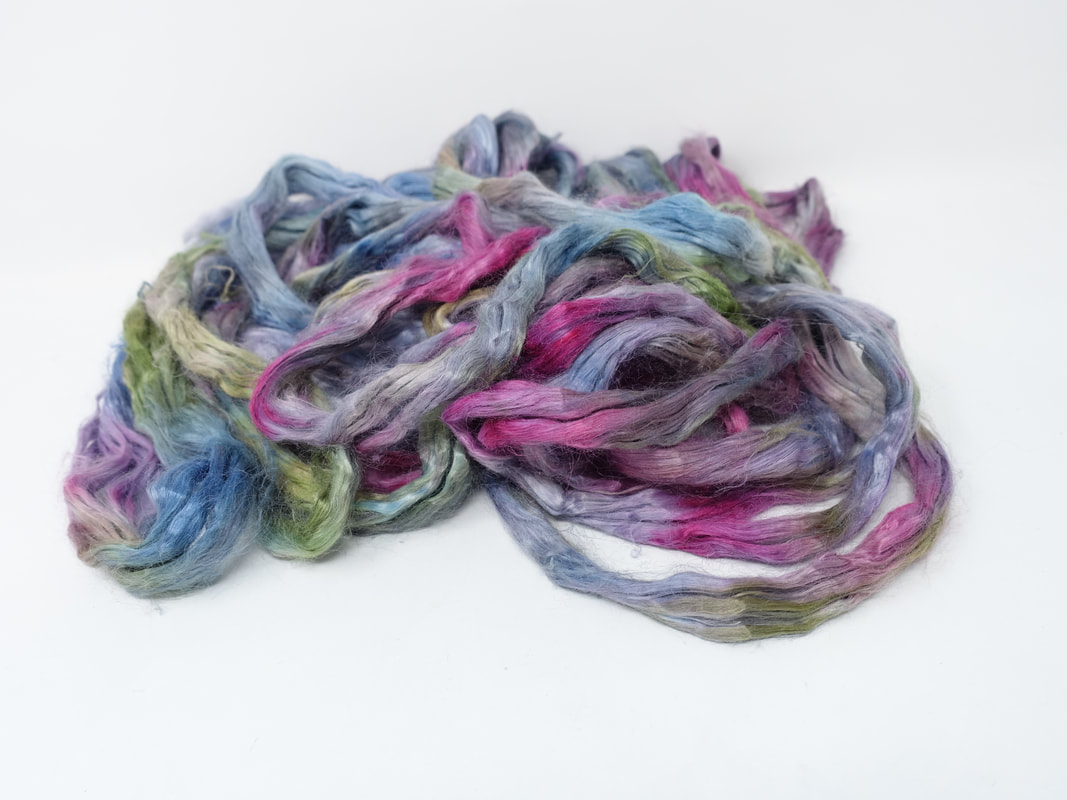
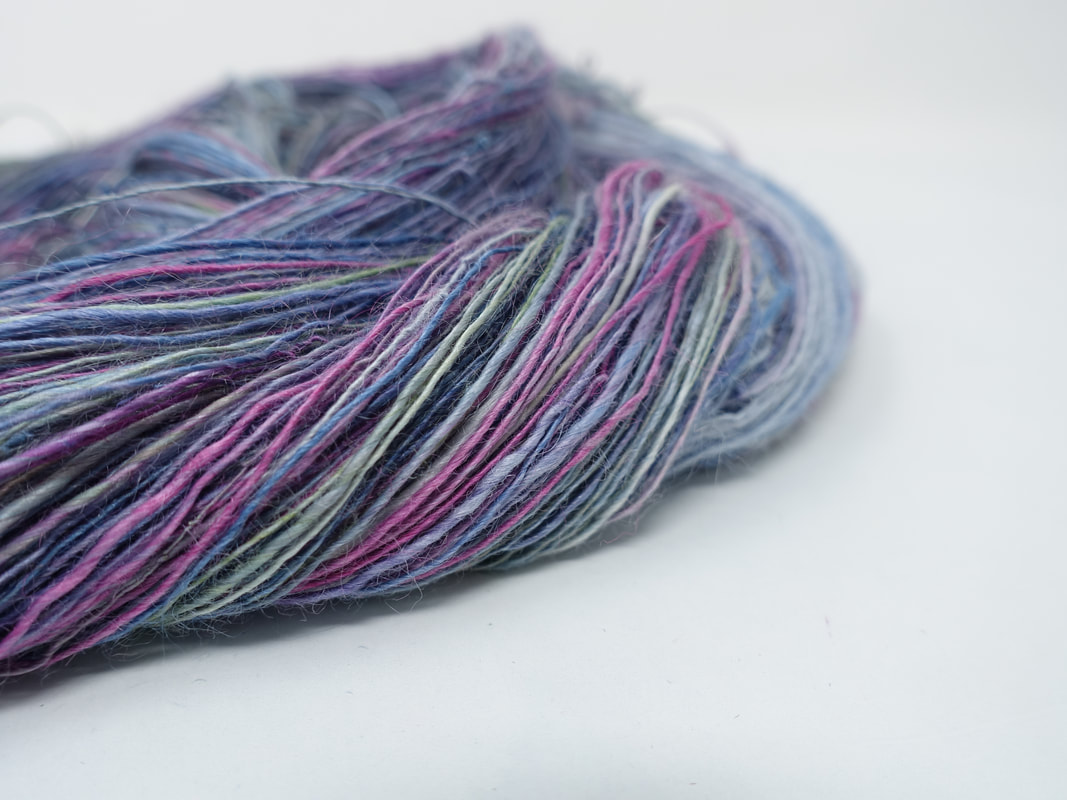
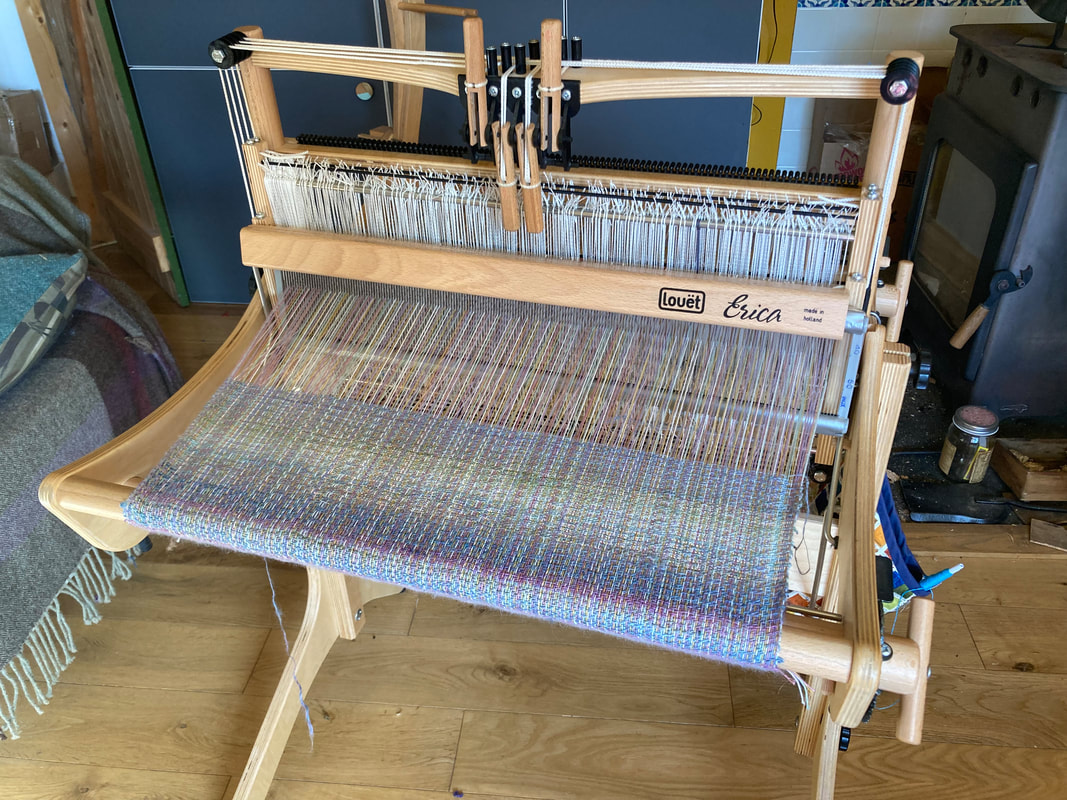
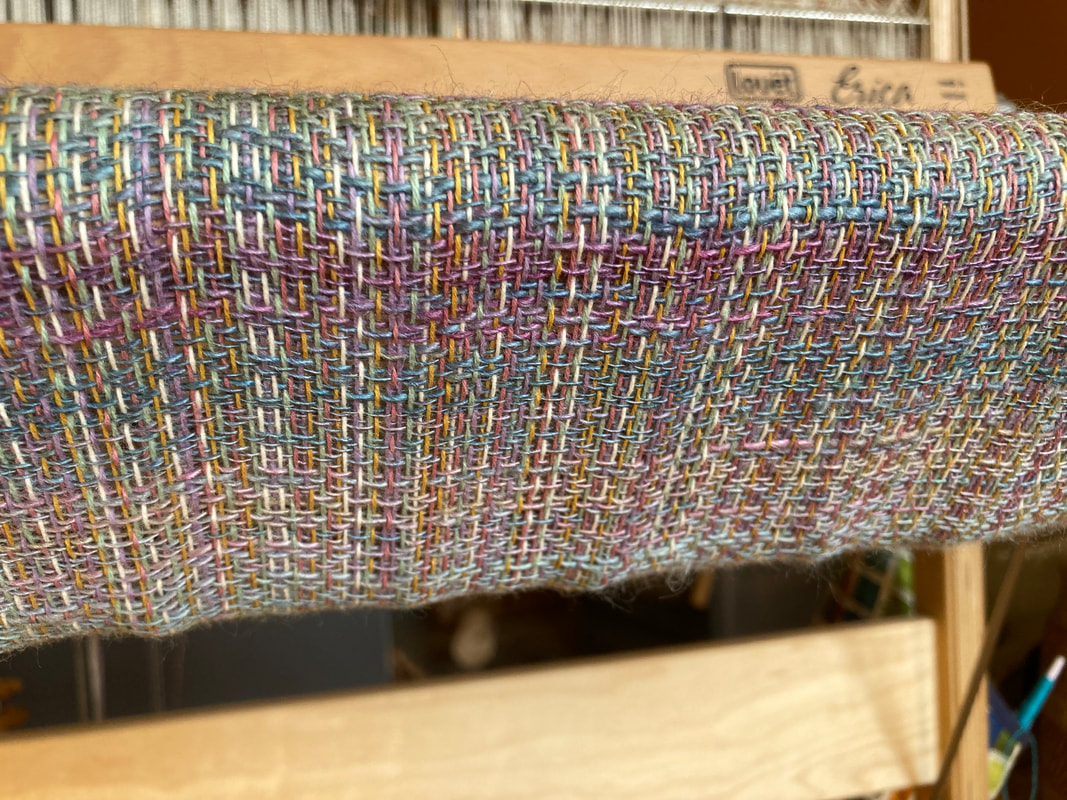
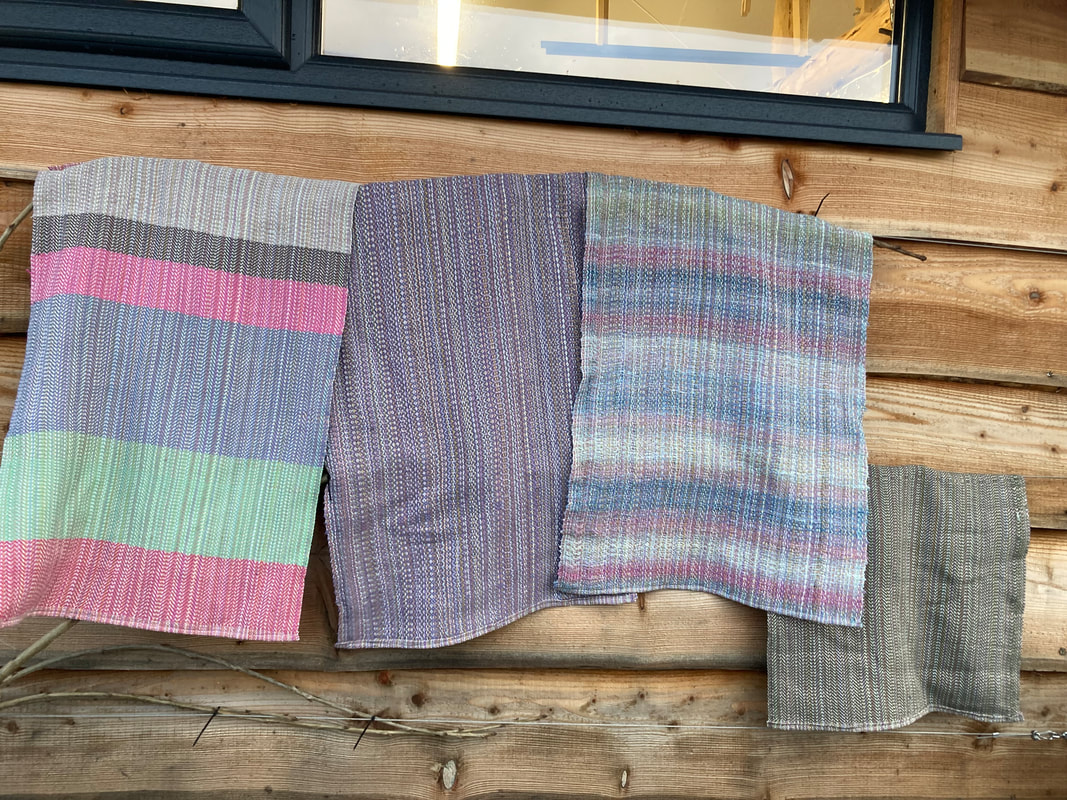
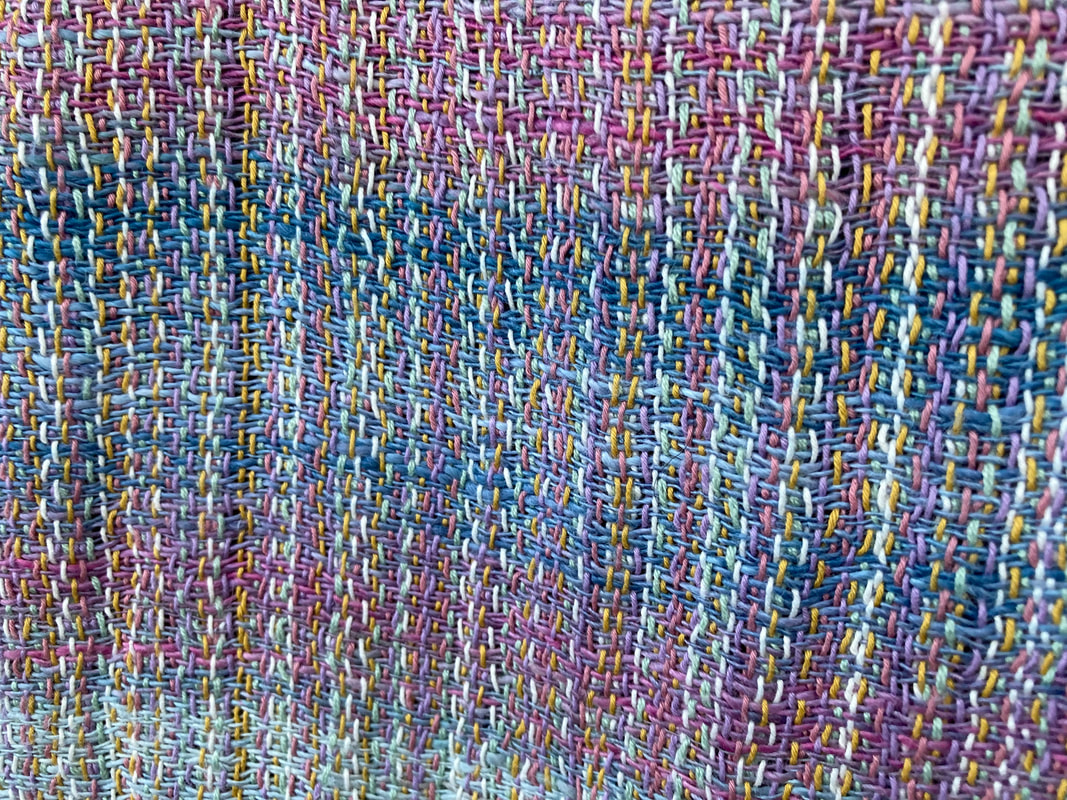
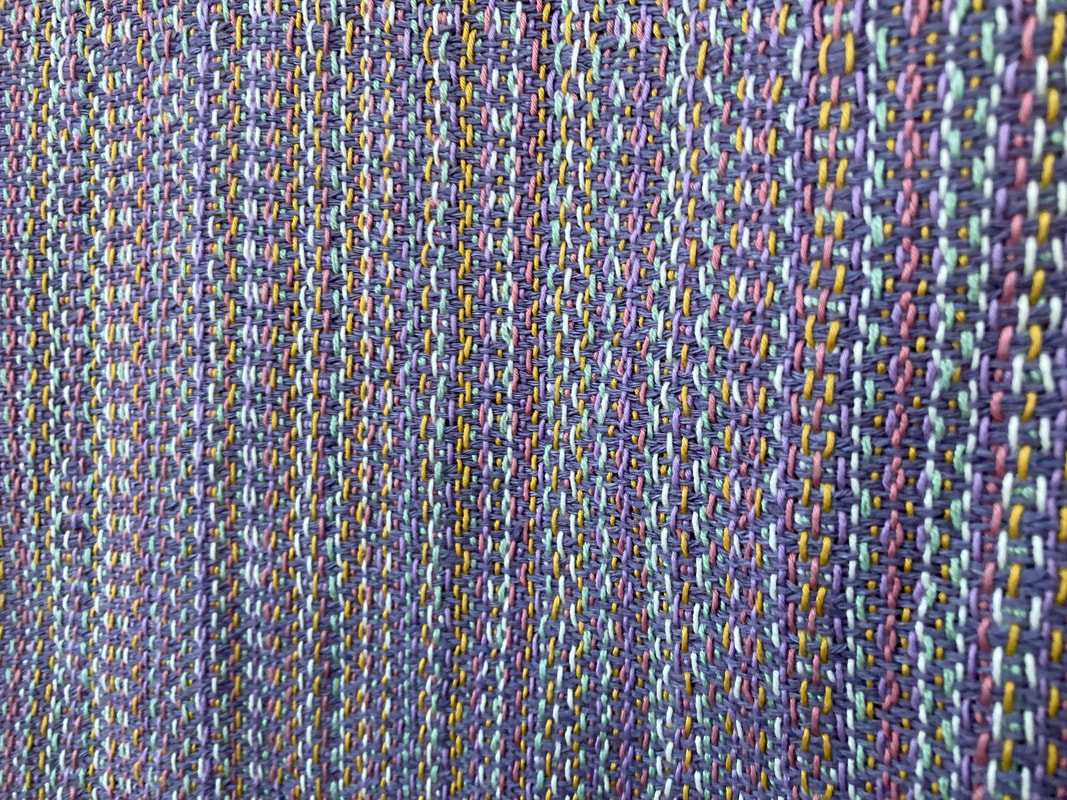
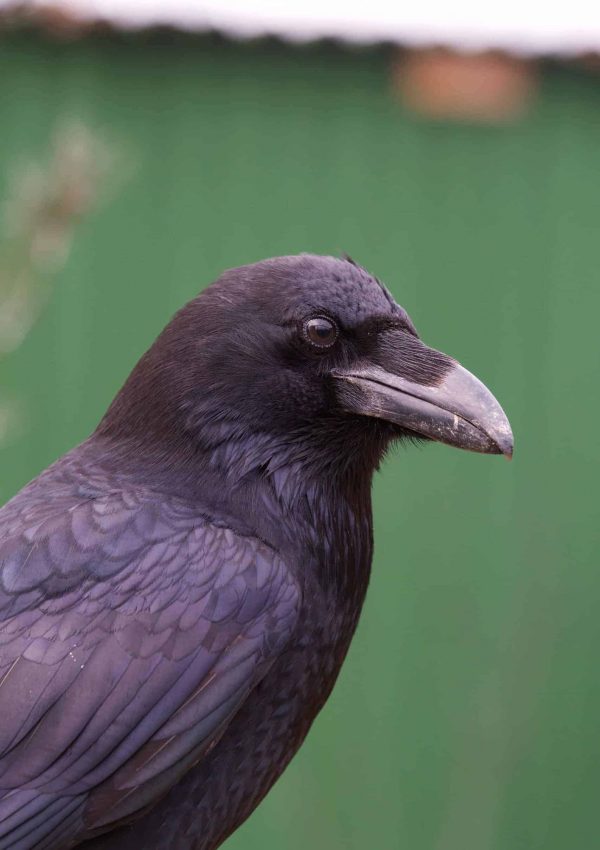
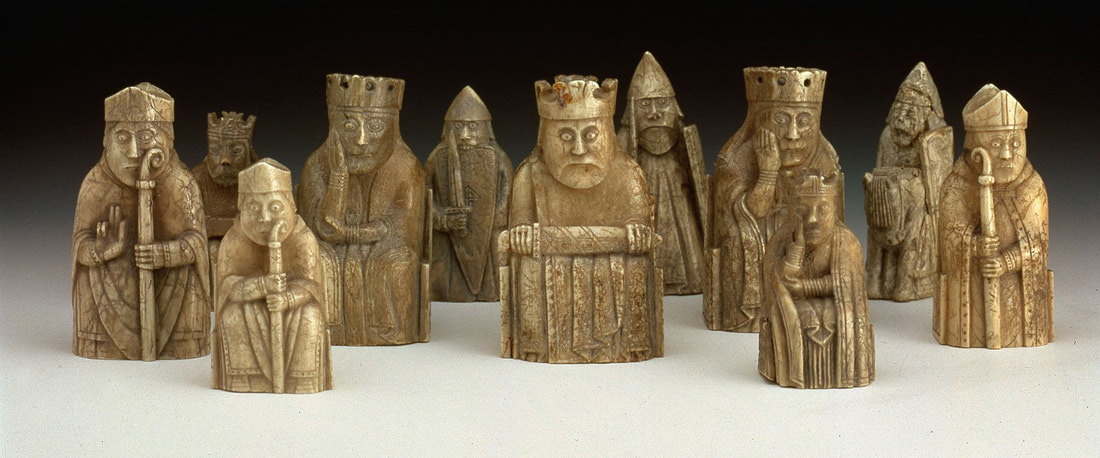
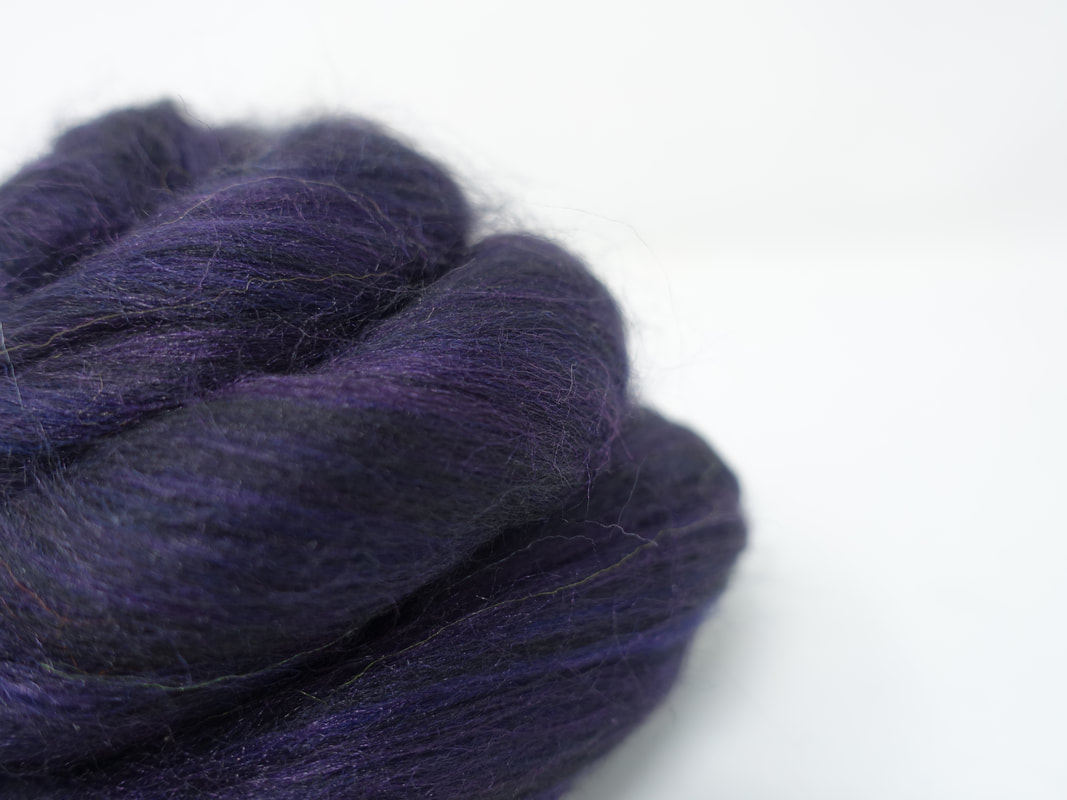

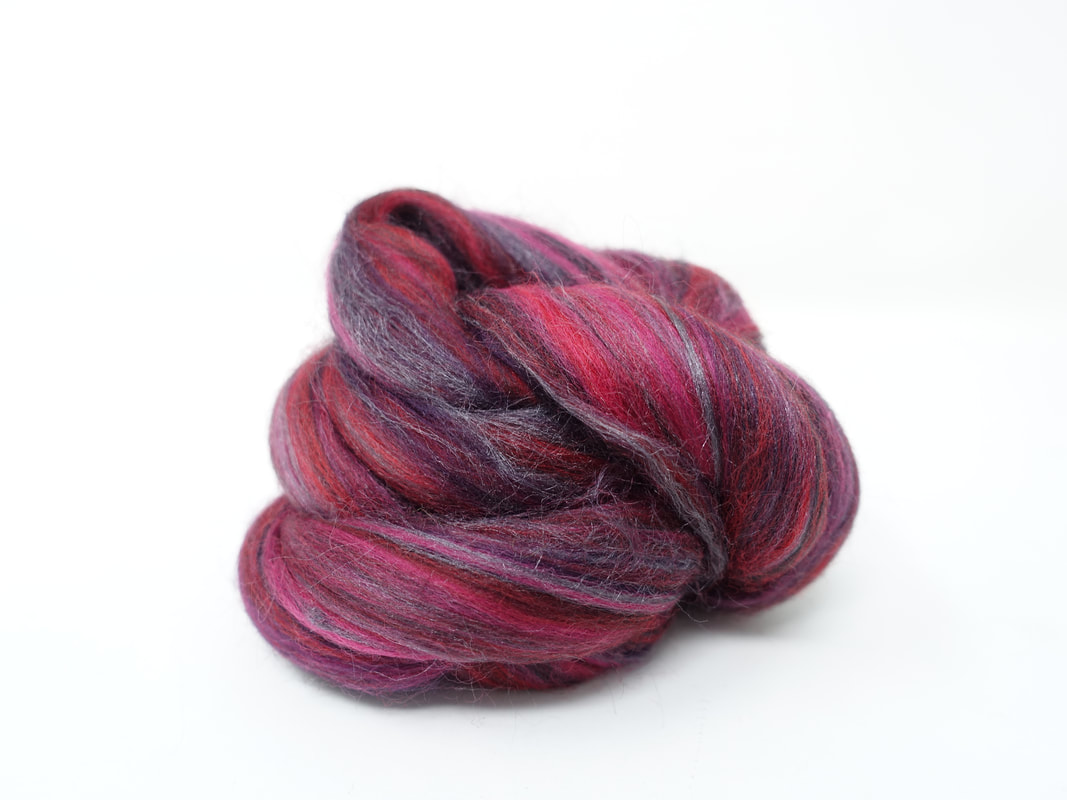
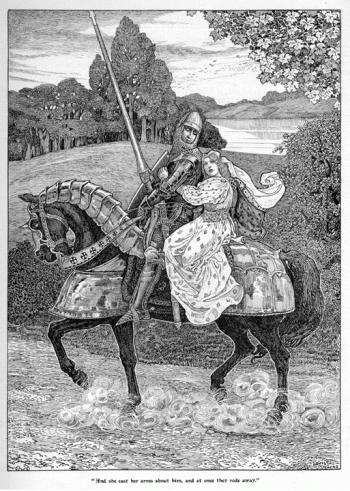
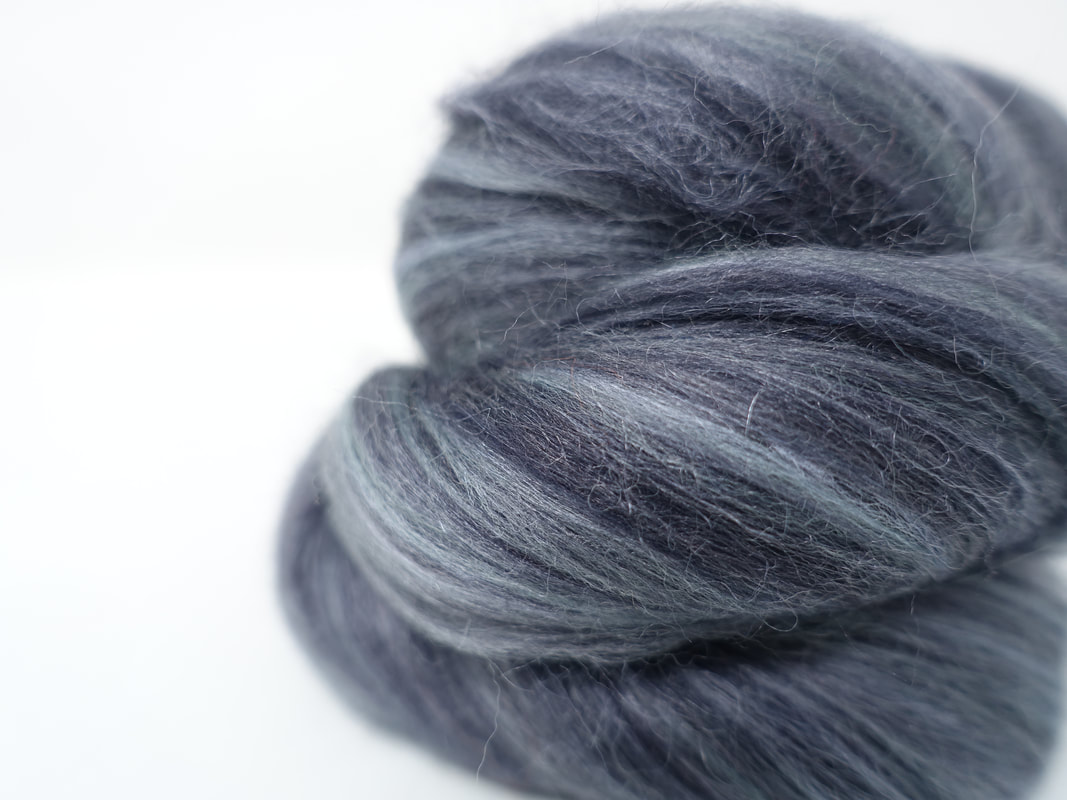
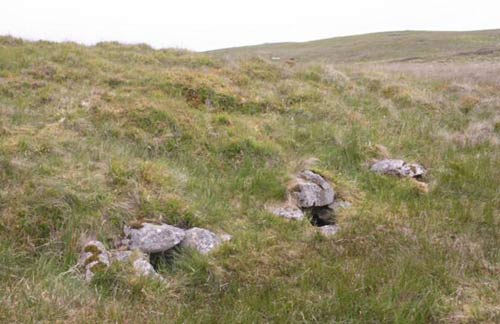
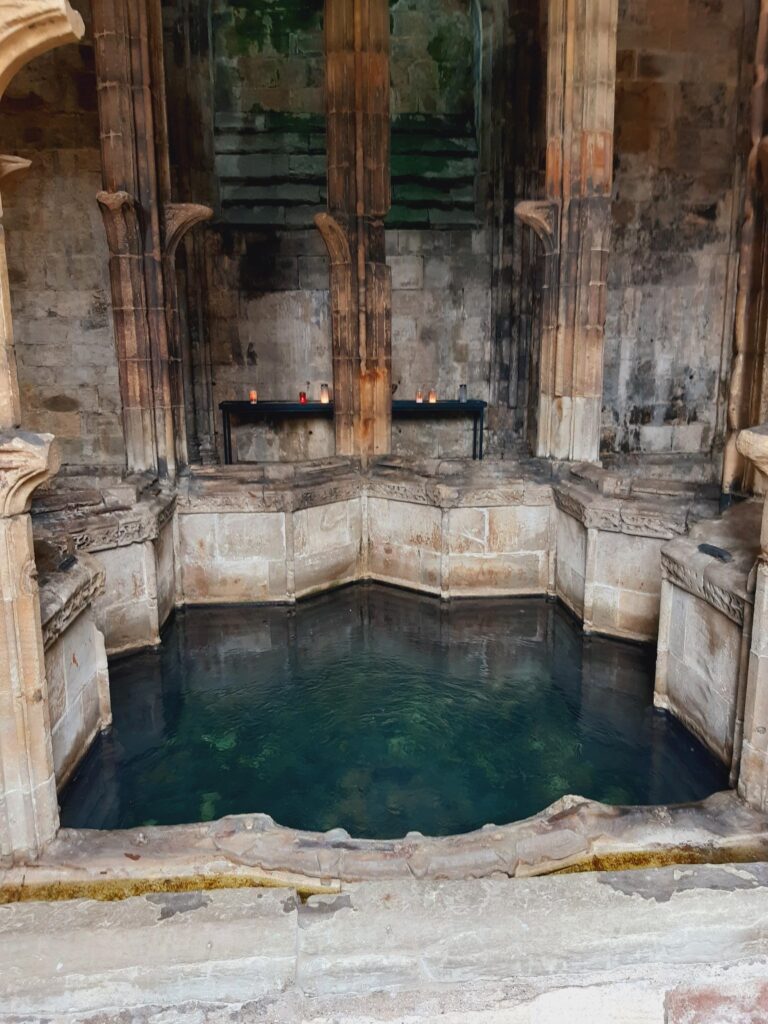
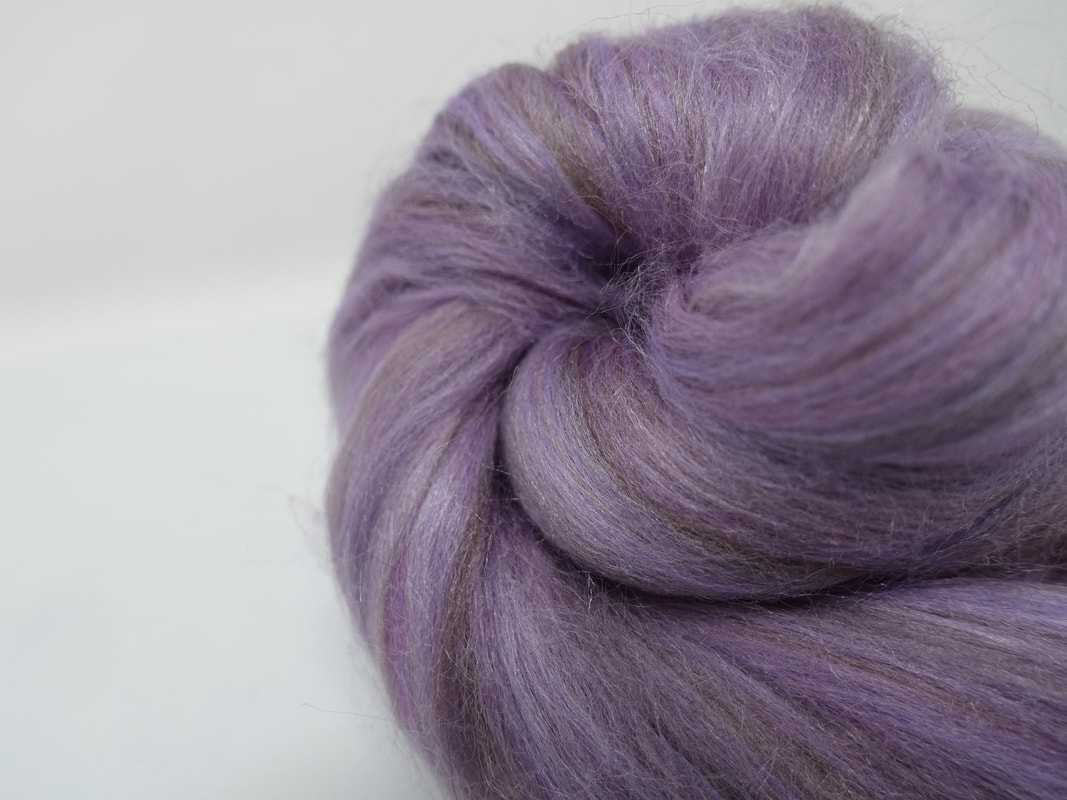
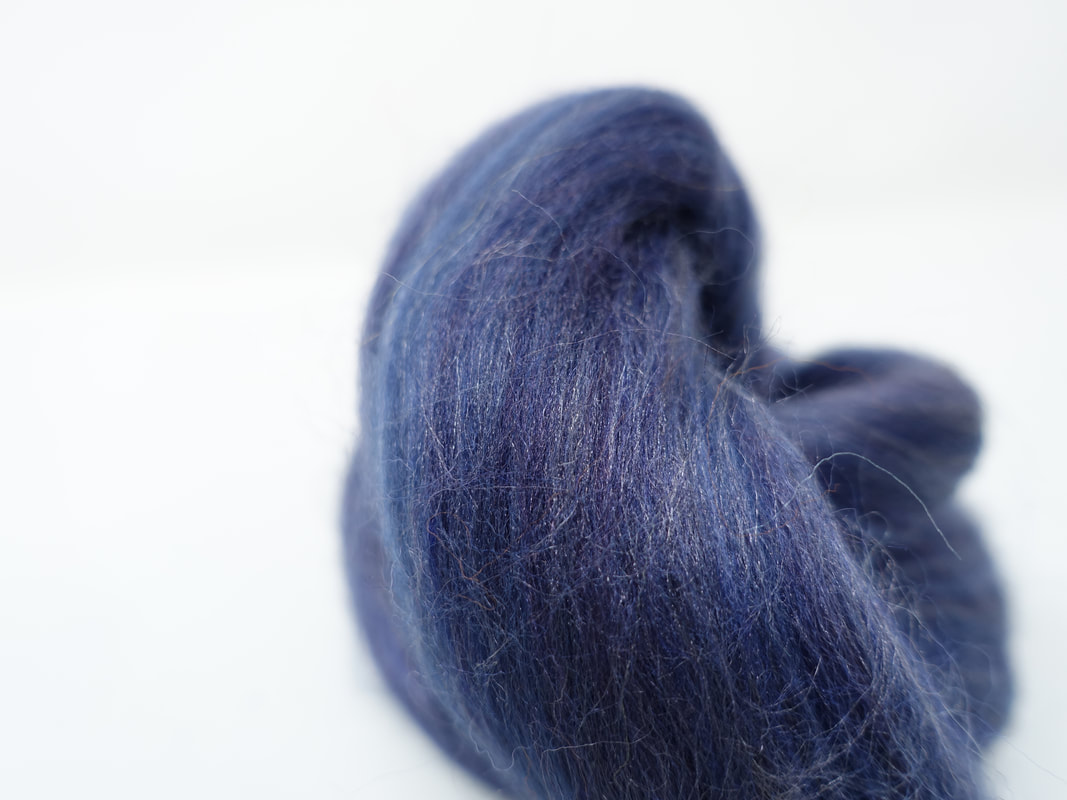
 RSS Feed
RSS Feed


